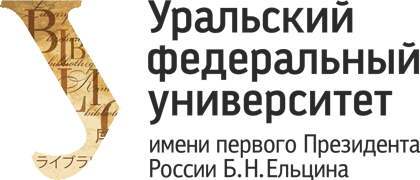“A Radical Turn”: The Reform of the Soviet System of Public Healthcare
DOI:
https://doi.org/10.15826/qr.2020.2.486Keywords:
history of Stalinism; history of medicine; Soviet public healthcare; medical educationAbstract
While analysing medical statistics from the Russian archives and the political speeches of medical administrators in the 1930s–1940s, the authors of this article discovered a tendency in the development of the healthcare system which was dramatically different from the post-revolutionary era. The reform was ideologically grounded and consistently conducted in the USSR. During this time, the healthcare system was restructured and expanded in order to treat patients in the state’s economic and military interests, which forced doctors to care more about workers’ ability to work and production costs than about people’s health. For this reason, access to free medical care was severely limited for Soviet citizens, but the range of services provided to workers in leading industries was expanded (including the establishment of medical centres in factories, sanatoriums and resorts, day nurseries, etc.). During the prewar decade, the public healthcare system expanded in terms of the number of hospitals, doctors, and patient capacity while reducing the quality of medical care caused by poor training, poor hospital facilities, lack of medicines and instruments, low-quality catering, etc. The authors reach conclusions about this seeming concern about the development of the healthcare system, comparing statistical data, optimistic official reports and revelatory narrative evidence, political debates of medical managers, and the accusations of party leaders. It is established that during the Great Terror (1937), reform critics were repressed and the assessment of state policy prohibited. In the postwar years, the reform of the 1930s was concealed by medical historians inside a ‘grand narrative’ of the past, which described the achievements of the healthcare system as aimed at saving the Soviet people’s lives and health. The only possible and universally accepted approach was a myth about a consistent policy and quality science-based medicine available to everyone. The authors maintain that discourse control over the circulation of historical evidence about prewar healthcare policy made it impossible for researchers to see the discrepancies between politicians’ statements, which were based on selective statistics, and social realities.










